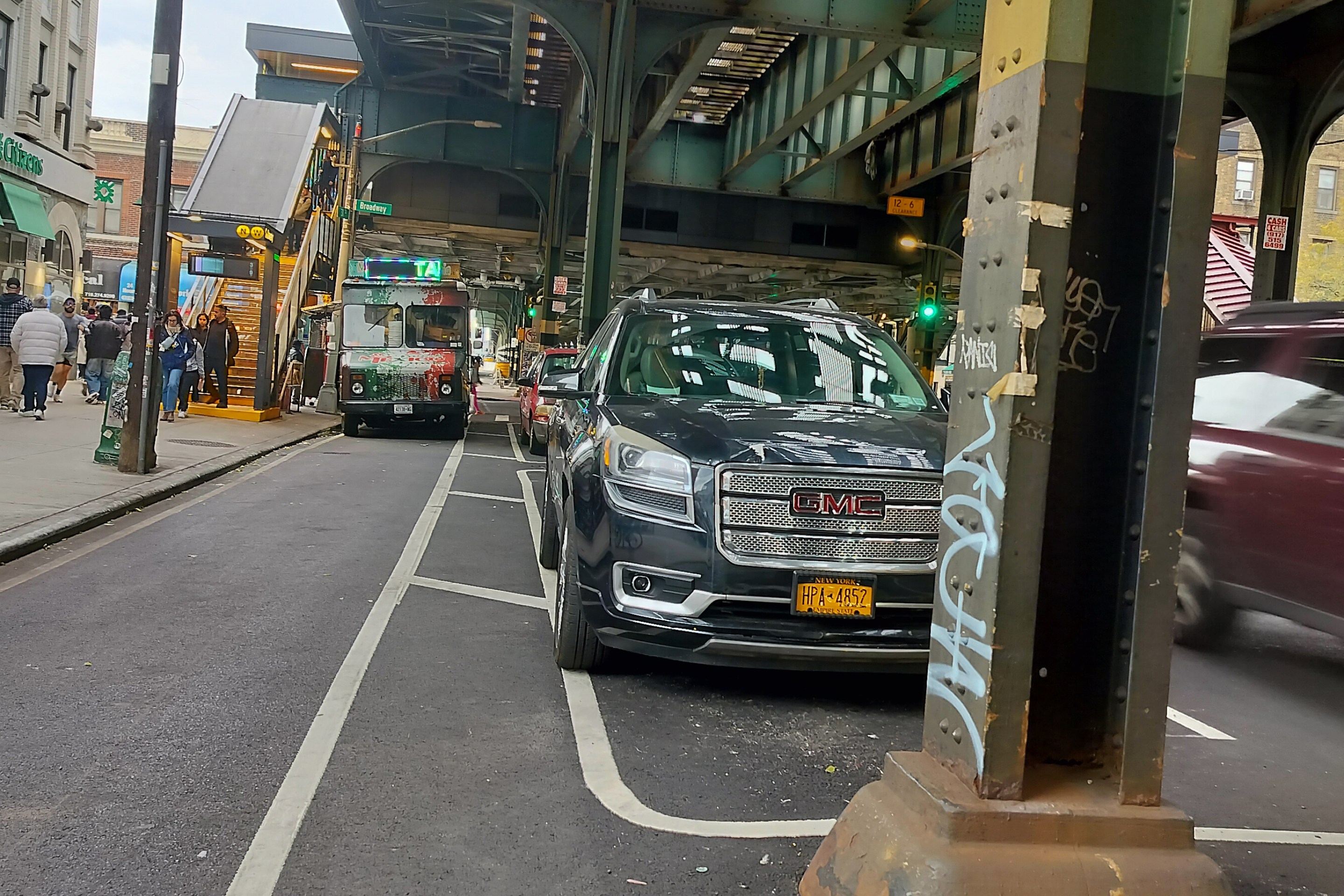The Gansevoort Market Historic District attracts new visitors and businesses every day. This makes the neighborhood vibrant and exciting. But it also adds pressures to the streets and sidewalks. You can help make the neighborhood safer for pedestrians, more efficient for vehicular traffic, and more attractive to the public at large. Please join the Greater Gansevoort Urban Improvement Project for a community workshop. The project is asking for public input, as part of a larger planning study that seeks to find balanced solutions to our transportation challenges and aims to maximize the public value of the area's unusual historic streets and sidewalks. The workshop will be led by the Regional Plan Association, with a presentation by the Sam Schwartz Company. All ideas are welcome.
Events
Community Planning Workshop: Gansevoort Market Streetscape
Stay in touch
Sign up for our free newsletter
More from Streetsblog New York City
The ‘Affordability Crisis’ Conversation Can’t Leave Out the Cost of Cars
We can't talk about Americans' empty wallets without talking about our empty buses and sidewalks.
What Is A Life Worth In NYC? In Fatal Crashes, Sometimes Just $50
Drivers who kill pedestrians often face minimal punishment, a Streetsblog investigation found.
Thursday’s Headlines: ‘It’s Menin!’ Edition
The Council elected a new Speaker yesterday, but there was not much talk of transportation. Plus other news.
Two-Pronged Approach: City Will Appeal Judge’s Block on Astoria Bike Lane But Also Address Her Concerns
The city will appeal but will also complete a minor bureaucratic step that the Adams administration failed to complete, Streetsblog has learned.
Mamdani Says He Opposes Tisch’s Criminal Bike Crackdown — But It’s Apparently Still in Place
The mayor has criticized the crackdown in the past, but it's still in place.
Opinion: E-Bikes Are An Economic Boost That Cities Must Encourage
E-bikes and scooters are reshaping local retail markets by expanding who can reach neighborhood businesses with frequency, ease, and convenience.





